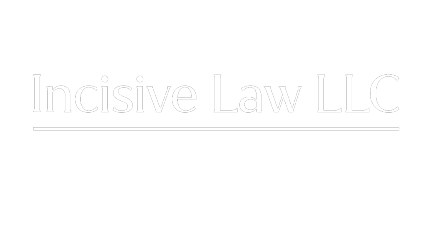In general, people tend to shy away from the topic of death, citing reasons such as superstition to a fear of confronting sad realities.
However, with the advancement of medical technology, life can be extended. Mechanical ventilation can now be used to support the body of a brain dead patient or medical procedures can be administered to a terminally ill patient to prolong the process of dying when death is imminent. As much as innovation in medical technology is welcome, there is a great deal of debate as to whether this is right or wrong. Many people therefore look to make living wills which tell doctors they do not want to be put on life support when they are terminally ill and death is imminent.
An important document for the terminally ill
In Singapore, the Advance Medical Directive Act (“AMDA”) was passed in 1996 to authorise the use of Advance Medical Directive (“AMD”) in Singapore. The law allows Singaporeans who are above the age of 21 and who are of sound mind, some control over their deaths by allowing them to sign an advance medical directive (“AMD”) declaring that he or she does not wish to receive extraordinary life-sustaining treatment in the event of terminal illness and unconscious or incapable of making rational judgement.
What is a terminal illness
Certification of “terminal illness” is a stringent process requiring unanimous agreement by 3 doctors. This is to ensure that treatment is not wrongfully withheld if a patient has a chance at recovery, attributable to a single doctor’s judgment. After all, this is literally a matter of life and death.
How does a AMD kick in
The making of an AMD must be witnessed by two persons of at least 21 years old, one of whom must be a doctor, who has the legal responsibility of ensuring the patient is clear regarding the medical implications of making an AMD.
To avoid any conflict of interest, witnesses must not be persons who stand to benefit from the death of the patient, so a family member cannot be a witness.
Guidelines prescribe that as a matter of good practice, doctors should encourage a person making an AMD to discuss his decision with his family so that they are not kept in the dark. In any case, a duly registered and witnessed AMD is binding in spite of the family’s objections.
Making an AMD
The AMD form can be obtained from your doctor’s or accessed free online or you can make provision through your solicitor.
In a medical emergency when a patient becomes terminally ill and is no longer in a position to articulate his or her wishes, conflict amongst family members as to terminating life-sustaining treatment is then likely to arise. In circumstances like this, the AMD form may come in handy for people who are absolutely certain they do not wish for extraordinary life-sustaining treatment to prolong their life.



